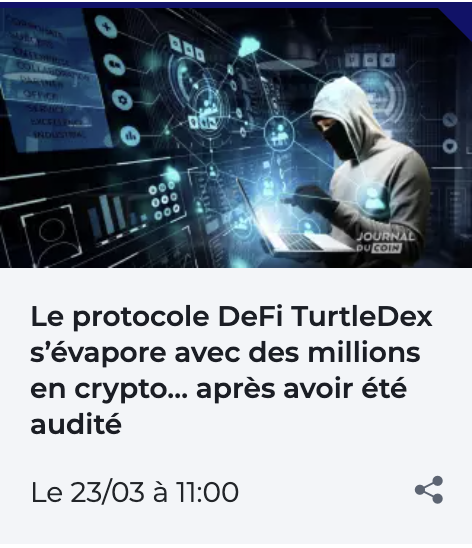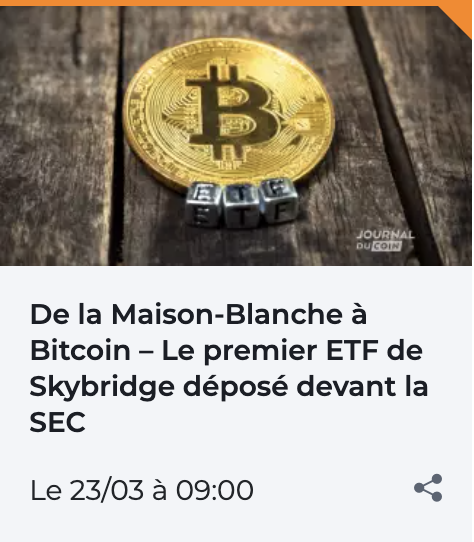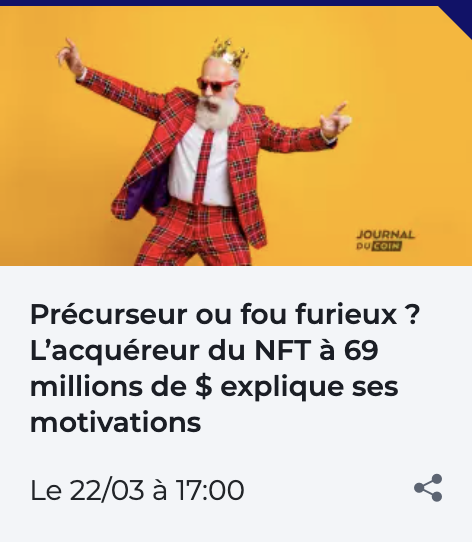
Proof of Work (POW). Why is this the power of the Bitcoin network?
POW
The proof of work consists of a piece of information that is extremely expensive to obtain but very
easy to verify, which the miner must produce to validate its candidate block and which every node in
the network can easily and quickly verify.
The proof-of-work procedure is performed on a candidate block that collects all the transactions
that the node has in its own mempool that it decides to add. These transactions are verified
independently by each node, but are not confirmed, i.e. they are not yet part of the blockchain,
because they have not yet been inserted into a valid block.
When the miner calculates the hash of the blockheader, it actually considers all the transactions
present in the block, because the merkleroot of the candidate block summarizes all the transactions
that have been inserted in the block, because it is the "digest" value of the merkle tree.
The merkle tree is nothing more than a structure of transaction hashes that progressively summarizes
all the transactions it has examined, until it reaches the top, which is a single global hash that
is the "fingerprint" of all the transactions.
La procédure de validation
The POW is thus obtained by a procedure by which the miner creates the hash of the blockheader, in a
repeated way, until it can find a value of this hash which is lower than a fixed value repeatedly,
until he can find a value of this hash which is lower than a value fixed by the protocol
(target) by the protocol (target) which can vary thanks to an auto-adjustment every 2016 blocks. In
this case, we speak of a "difficulty adjustment" procedure which reacts automatically to the
hashrate available network by calibrating the difficulty and ensuring that the Bitcoin network
produces 1 block every 10 minutes, no less. every 10 minutes, no more and no less.
To be able to satisfy this value, the miner, makes many attempts by changing some
parameters of the header, including the nonce and extra nonce.
La récompense au mineur
Among the transactions present in the block, the first is the coinbase transaction. This transaction
allows the miner to get the reward for exploiting the block according to the value established by the
protocol rules.
The costs of the inserted transactions are also part of the miner's reward. This is why the miner is
encouraged to add as many transactions as possible, starting with those with the highest fees. However,
the protocol rules still allow for blocks with very few transactions.
Once this is done, the block is propagated to the network and all the other nodes check for compliance
with the protocol, then verify the block. If the block is verified, it becomes the TIP, the highest
block.
If the block had a different reward, which is not compatible with the current value allowed by the
protocol, it would be rejected by the other nodes and the miner would have no reward. This event is part
of the benefit/punishment mechanism of Bitcoin's economic incentive system.
I hope I've been helpful in understanding how the Bitcoin network's transaction validation mechanism
works. If you have any questions, you can post a comment and contact me, I will remain available. I am
also happy if you want to reach me on my website or linkedin.

Today I want to talk about an open source messaging system that is really different
from the other alternatives available such as whatsapp, telegram, signal and all the signal
derivatives. There has been a lot of talk about it lately because of the whatsapp policy change
and many people have gone elsewhere, especially to telegram and signal.
But in reality, these alternative applications to whatsapp are an improvement to your privacy?
Signal?
For example, if we consider signal, it is opensource and the repository is on github. It
seems to be a great be a great alternative to whatsapp, but .... If you go and look at the
requirements at the url https://github.com/aqnouch/Signal-Setup-Guide you will see the following
list (at the time of writing) of the systems and software needed to install a server. I mention the
server because it is the server that determines the management of accounts and metadata and is
responsible for managing the data:
Requirements (Signal)
Twilio (for OTP SMS)
Amazon S3 (for Avatar and attachments, can be subbed with MinIO) Amazon SQS (for CDS queue, can be
replaced by LocalStack) Firebase (for push notifications) As you can see, signal uses external services
to run, including amazon. These requirements are in fact necessary preconditions to be met, at the
server installation level, for it to work properly. That is, what needs to be in place to make the
installation possible and work. So, in order not to use whatsapp because of the attack on privacy, we
are faced with an alternative that, although open source, depends on other services of large companies
and then we are back to square one. If our communication goes through tools that are owned or managed by
other companies, we will somehow have interference from those companies on our data.
Telegram?
What can we say about telegram? Can we see the code of the telegram servers (I mentioned the server,
which is the unit that manages connections and sorts communications)? Is it in the public domain? No.
Why not? We don't know it. The fact that we can't know the source code of the server, nor the structure
with which it is made up, the libraries it uses and the way it handles data, is a big problem for our
privacy.
The thing we know about telegram is that it sends your encrypted messages to something. Since you don't
have the source code, you don't know exactly what is being done on that server with your data. So it
doesn't make much sense to recommend telegram as a solution to improve the privacy of your text
communications. At the end of the day, we are still in an unverifiable and non-transparent domain.
Jami!
So we need an alternative that is truly decentralized and does not impact our privacy. A real
alternative is Jami. A software that I could try and analyze during a few weeks of testing and I could
see how good it really is to protect our privacy and not leave our metadata on third party servers.
Jami is an open source, decentralized and peer2peer software. What does that mean? It means that it
doesn't use a central server and the communication is actually between the two peers with end-to-end
encryption. it also doesn't use a central server that can then monitor the metadata.
Our metadatas
What is metadata? Metadata is all the information surrounding a communication, such as 1) the date the
communication took place, 2) the identity of the parties connected to the communication, 3) the duration
of the communication, etc. Extremely important information that centralized services will sooner or
later use to make money from your privacy. These metadata provide an accurate profile of your situation,
your behaviors and even your knowledge. They are therefore very useful to build your digital alter-ego.
With Jami, we will solve the problem at the source, preventing the collection and storage of metadata,
thanks to the decentralization that the system allows. In fact, we only have two terminals that
communicate and all communication data (metadata) is stored locally.
Les clés cryptographiques
Nothing resides on any server or third party. We are solely responsible for the communication and our
data and all communication is encrypted with keys that belong only to us. As always, when we are the
sole owners of the cryptographic keys, we own the content we exchange with the other party.
Decentralization also avoids intermediate points where metadata can be monitored.
Jami doesn't need a central server, so your account is only stored locally. When you want to use your
account, you don't need to connect to a service and you don't have to provide any data or phone number
to anyone, not even an email. Jami does not need to register and does not need reference numbers to
work.
The password you enter when starting Jami is only used to encrypt data locally on your device. Messages
are encrypted with an RSA key.
Jami is available for windows, linux, android, ios and is easy to install. The software is available at
https://Jami.net where you can also find information about the
installation which, as mentioned, is
very simple. You will also find access to the source code repository which is open.
I hope I have provided some value-added information and resources and have been helpful. If you wish,
you can contact me with any questions or clarifications regarding my profile on linkedin or you can
contact me and follow and support me on patreon with tips and exclusive content.
What is cryptocurrency?
Cryptocurrency is a form of payment that can be exchanged online for goods and services. Many companies
have issued their own currencies, often called tokens, and these can be traded specifically for the good
or service that the company provides. Think of them as you would arcade tokens or casino chips. You’ll
need to exchange real currency for the cryptocurrency to access the good or service.
Cryptocurrencies work using a technology called blockchain. Blockchain is a decentralized technology
spread across many computers that manages and records transactions. Part of the appeal of this
technology is its security.
What's a blockchain ?
A blockchain is a growing list of records, called blocks, that are linked using cryptography.
Each block contains a cryptographic hash of the previous block, a timestamp, and transaction data
(generally represented as a Merkle tree).
By design, a blockchain is resistant to modification of its data. This is because once recorded, the
data in any given block cannot be altered retroactively without alteration of all subsequent blocks.
The blockchain was invented by a person (or group of people) using the name Satoshi Nakamoto in 2008
to
serve as the public transaction ledger of the cryptocurrency bitcoin.
The identity of Satoshi Nakamoto remains unknown to date. The invention of the blockchain for
bitcoin made it the first digital currency to solve the double-spending problem without the need of
a
trusted authority or central server. The bitcoin design has inspired other applications and
blockchains
that are readable by the public and are widely used by cryptocurrencies. The blockchain is
considered a
type of payment rail.Private blockchains have been proposed for business use but Computerworld
called
the marketing of such privatized blockchains without a proper security model "snake oil".However,
others
have argued that permissioned blockchains, if carefully designed, may be more decentralized and
therefore secure in practice than permissionless ones.
RTX 3060 Ether mining accidentally unlocked by Nvidia’s own update
A software update released by Nvidia inadvertently bypassed the Ether (ETH) mining block the firm placed
on its own GeForce RTX 3060 graphics card.
A spokesperson for Nvidia confirmed on Tuesday that the latest 470.05 driver update was mistakenly
released with code intended for use only by Nvidia developers, which allowed for the removal of the hash
rate limiter.
“A developer driver inadvertently included code used for internal development which removes the hash
rate limiter on RTX 3060 in some configurations,” said an Nvidia spokesperson, as reported by The Verge.
In February, Nvidia decided to intentionally hamper the Ether-mining effectiveness of its RTX 3060
series graphics cards to prevent a demand-induced shortage caused by crypto miners. A three-way
handshake between the hardware, the software and the computer firmware was supposed to ensure that the
card recognized when it was being used to mine Ether and cut its computational power in half, from 50
megahertz per second to 25 MH/s.
But the back door that allowed the card’s hash rate limiter to be bypassed came from the software side,
and it was released by Nvidia itself. The offending beta update has since been pulled by the software
company, but versions of it have already made it out onto the internet.
Elsewhere on Tuesday, Andreas Schilling of tech website HardwareLuxx tested reports that custom edits to
a computer’s BIOS were required to bypass the hash rate limiter. After testing driver 470.05 with a
custom and standard BIOS, Schilling confirmed that no special modifications were required and that
Nvidia’s driver removed the hash rate limiter itself.
While the news only compounds the misery of gamers waiting to upgrade their graphics cards, the gaffe by
Nvidia might not necessarily result in Ether miners eating up the next supply of GPU shipments.
According to Hexus, the latest reports suggest that the affected driver can only unlock one RTX 3060 at
a time, rendering it unsuitable for use in large mining-farms, for the time being at least.
Initial rumors suggested a custom modification had bypassed the RTX 3060’s hash rate limiter last
Wednesday, allowing it to mine Ether at full capacity. It was later revealed that the mod had not
enabled the card to mine Ether specifically but had been rigged to enable the mining of another
GPU-mineable cryptocurrency, Ravencoin (RVN).














